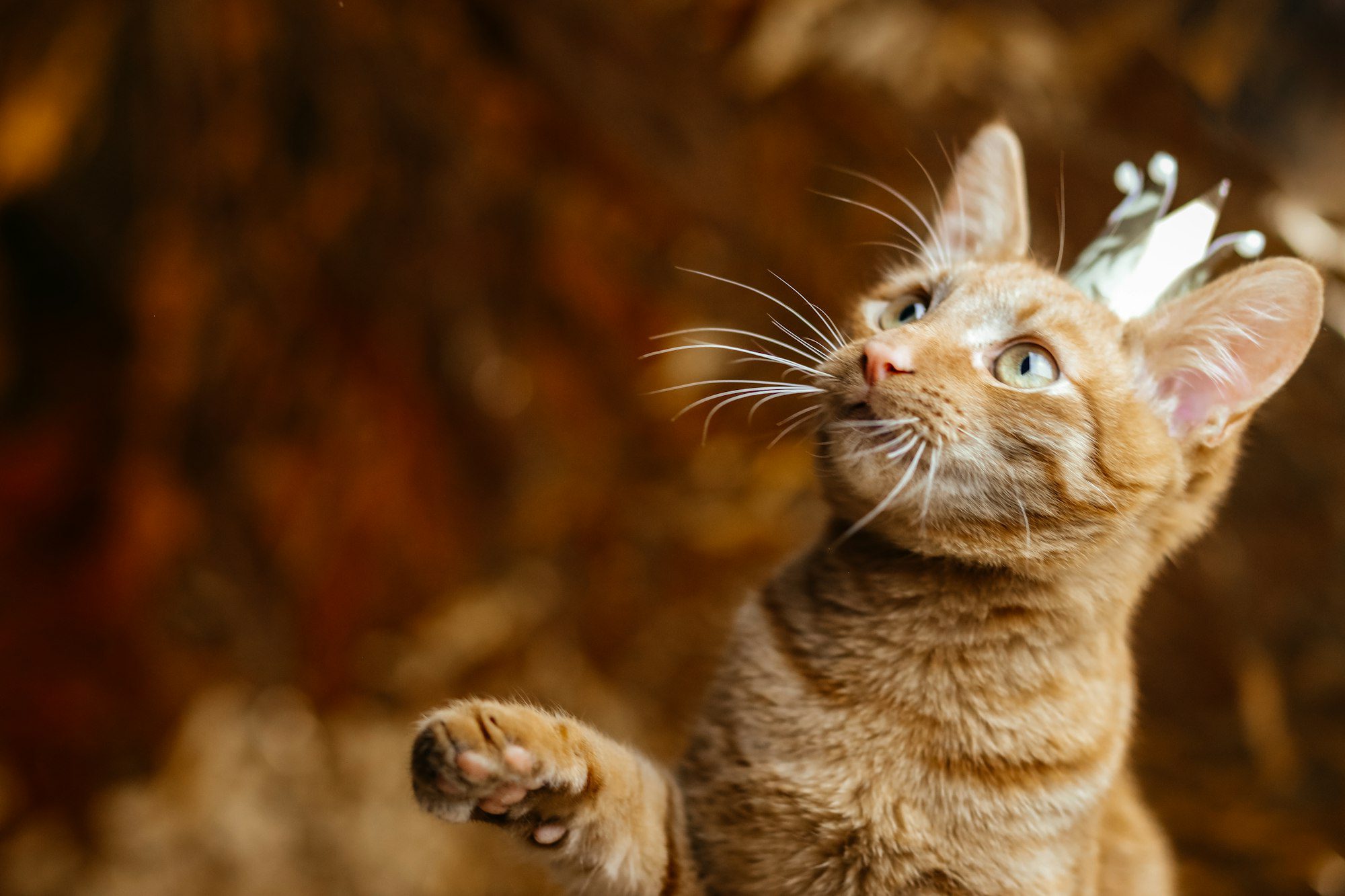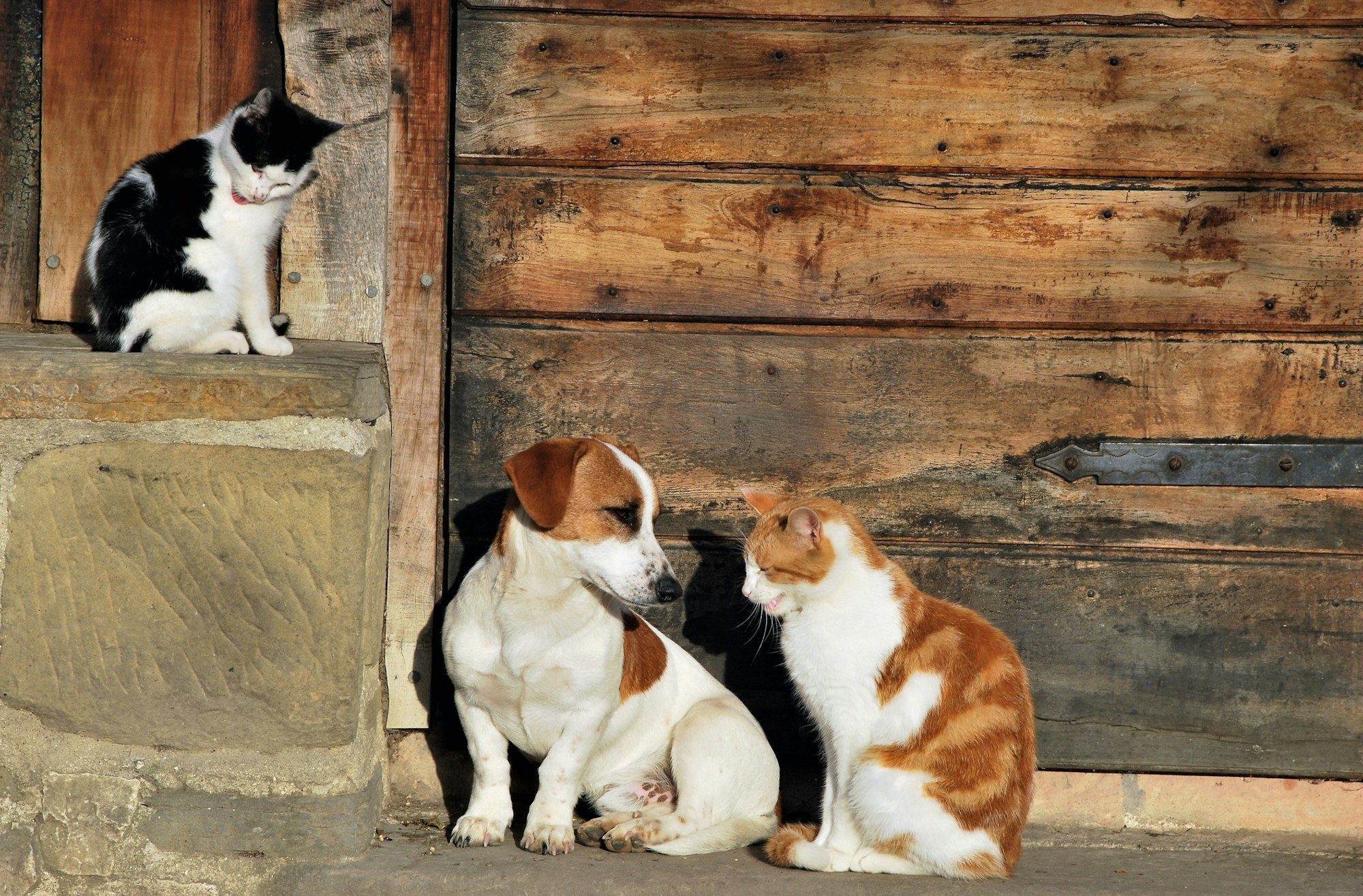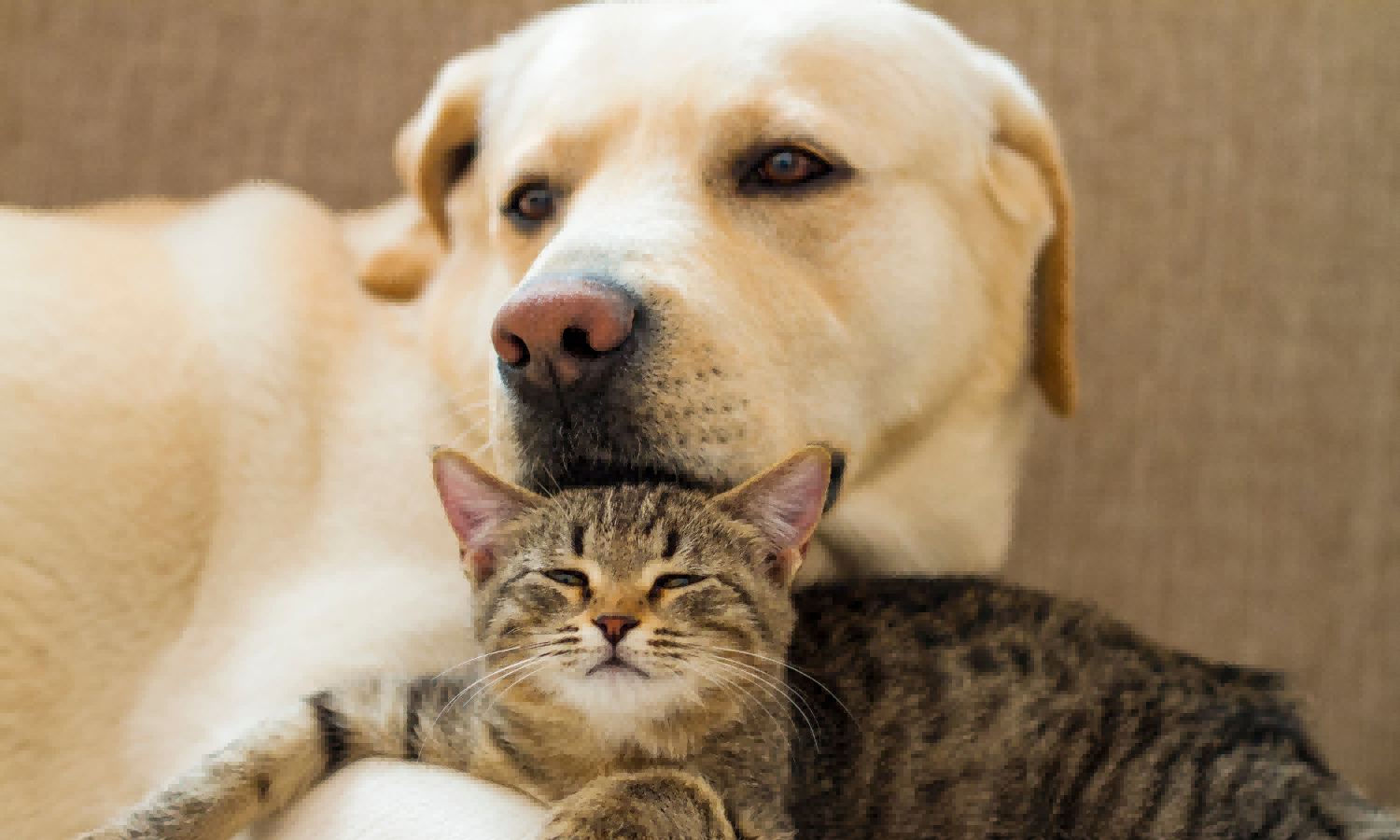Taste in Animals
Introduction
Palatability, the quality of being pleasant or acceptable to the taste, is a fundamental aspect of animal behavior and ecology. From the perspective of survival and reproduction, the ability to discern what is palatable or unpalatable can mean the difference between feast and famine, life and death.

In this exploration, we delve into the intricate world of palatability in animals, unraveling its definitions, mechanisms, and ecological implications.
Defining Palatability
Palatability in animals can be defined as the degree to which a substance, typically food, is pleasant or acceptable to taste. However, it’s essential to understand that palatability is a multifaceted concept influenced by various factors, including sensory perception, physiological needs, and evolutionary adaptations.
Factors Influencing Palatability
- Sensory Perception: Like humans, animals rely on their senses to evaluate the palatability of food. Taste, smell, texture, and even visual cues play crucial roles in determining whether a substance is desirable or not. For instance, the bitter taste often indicates potential toxicity in many animals, leading them to avoid certain plants or substances.
- Nutritional Value: Palatability is closely intertwined with nutritional content. In general, animals are more likely to find foods palatable if they fulfill their nutritional requirements. For example, herbivores may prefer plants rich in essential nutrients like sugars, proteins, and minerals.

- Chemical Composition: The chemical makeup of food influences its palatability. Some compounds may trigger pleasure receptors in the brain, making certain foods more appealing. Conversely, substances associated with toxicity or spoilage can deter animals from consuming them.
- Experience and Learning: Palatability is also shaped by an animal’s previous experiences and learning. For instance, if an animal associates a particular taste with a negative outcome, such as illness, it’s less likely to find that substance palatable in the future.
- Social Influences: In social species, such as primates and certain birds, palatability can be influenced by social dynamics. Food preferences may be learned through observation or influenced by the behavior of peers within the group.
Mechanisms of Palatability
Understanding the mechanisms underlying palatability requires a closer look at the sensory and physiological processes involved.
- Taste Perception: The taste buds play a central role in detecting the basic tastes—sweet, sour, salty, bitter, and umami. Different animals may have varying numbers of taste receptors, leading to differences in taste perception. For example, carnivores like cats have fewer sweet receptors, reflecting their evolutionary adaptation to a meat-based diet.
- Olfactory Detection: Smell, or olfaction, is another crucial aspect of palatability. Many animals rely heavily on their sense of smell to assess the quality and suitability of food. The aroma of a food can evoke strong positive or negative responses, influencing its palatability.

- Texture and Mouthfeel: The texture and mouthfeel of food also impact palatability. Animals may prefer certain textures based on their feeding adaptations. For instance, animals with specialized dentition may favor foods that require specific chewing or tearing actions.
- Neurobiological Responses: Palatability is associated with neurobiological responses in the brain, particularly in regions responsible for reward and pleasure. When animals consume palatable food, neurotransmitters such as dopamine are released, reinforcing the behavior and promoting food-seeking activities.
Ecological Implications
Palatability plays a crucial role in shaping ecological interactions and community dynamics.
- Foraging Strategies: Animals adopt different foraging strategies based on the palatability of available food sources. Some species are generalists, consuming a wide range of foods with varying palatability, while others are specialists, focusing on specific palatable resources.
- Predator-Prey Interactions: Palatability influences predator-prey interactions, as predators often target palatable prey species. Prey, in turn, may evolve defensive mechanisms, such as chemical deterrents or camouflage, to reduce their palatability and avoid predation.

- Plant-Herbivore Interactions: In herbivorous animals, palatability shapes plant-herbivore interactions. Plants invest in chemical defenses to deter herbivory, while herbivores evolve counterstrategies to overcome these defenses and exploit palatable resources.
- Competition and Resource Partitioning: Palatability can also influence competition among species sharing similar dietary preferences. Resource partitioning may occur as species specialize on different, potentially more palatable, food sources to reduce competition.
Conclusion
Palatability is a complex and multifaceted concept that underpins various aspects of animal behavior, ecology, and evolution. By understanding the factors influencing palatability and the mechanisms involved, researchers can gain insights into the dietary preferences of animals, their foraging strategies, and the ecological dynamics of entire ecosystems.

Moreover, recognizing the importance of palatability underscores the need for conservation efforts aimed at preserving diverse and palatable food sources essential for the survival of countless species in the natural world.













